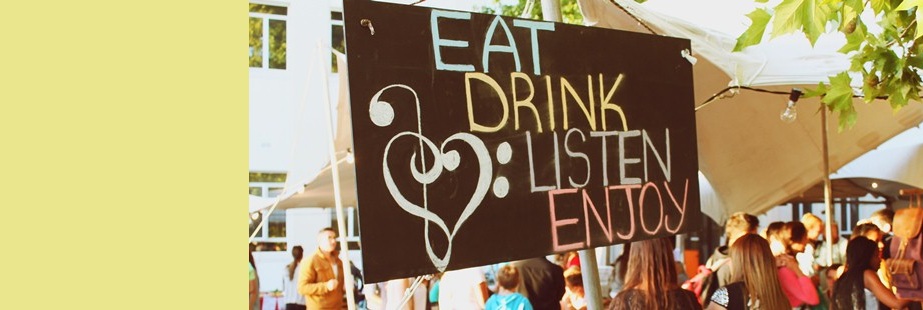Make a note in your diary: The next Maties Marketplace is taking place on 16 April.
And this time the Marketplace will be even bigger and better than previously thanks to a bond forged with the USB-Executive Development (USB-ED).
In only eight months (four events) this popular market has grown from an initial 20 stalls to more than 40 with the last event in March.
The market, a project of the Frederik Van Zyl Slabbert Institute for Student Leadership Development (FVZS Institute) was the brainchild of JD Labuschagne, a junior business developer at Stellenbosch University (SU) who was formerly also involved with the institute.
With the next market the FVZS Institute will work with the USB-Ed's Centre for Applied Entrepreneurship that will bring about 100 students – working in teams of five – to the market. With this kind of co-operation entrepreneurial bonds between students and student leaders on the different SU campuses are strengthened.
According to Mr De Wet Schoeman, director of the Centre for Applied Entrepreneurship his students are young people who decided to take a gap year.
"They are all matriculants who have not yet decided what to do career-wise. With our Gap Year Programme in Entrepreneurship and Management, students are, among other things, taught to understand themselves, to identify their personal goals and how to reach these goals."
The programme also includes psychometric testing, career guidance and life coaching and students are taught about the demands of starting and running a new business.
"Entrepreneurship and Social Innovation is an integral part of the activities and programme offering of the FVZS Institute and the Maties Market is one of the central outputs to reach exactly this," says Dr Leslie van Rooi, the head of the Institute. "As part of sustaining and growing a culture of entrepreneurship both on and off campus, the Institute will continue to partner with other role-players to invest in the development of socially connected young leaders."
Members of the student body as well as the community have the opportunity to sell and buy at the Maties Marketplace. People usually queue while the vendors are still busy unpacking their wares – eager to start nibbling on chocolates, cake, samoesas and other food and to look at and buy clothes, jewellery and art.
"We try to maintain a balance between things to eat and other products," says Emile Naudé, co-ordinator of Maties Marketplace. "However food products are undoubtedly the most popular and we try to keep prices affordable for the student community."
Student vendors at the market, quickly learn from their mistakes and to address and solve problems immediately.
Although the goal is to hold a monthly market, it is not always possible because of public and university holidays.
Local musicians are also given the opportunity to perform at the market – giving them great exposure while they ensure a pulsing background sound while visitors browse, buy and chat.
"We receive a large number of applications for the market. Unfortunately we cannot accommodate everyone and we turn away many people," says Emile.
The market is held in front of the Wilcocks building in Victoria Street. But it seems as if this space might soon become too cramped.
"We are investigating possibilities to move the market to a bigger space," says Emile.
In the meantime, be sure to come to the next market on 16 April.















.png)


